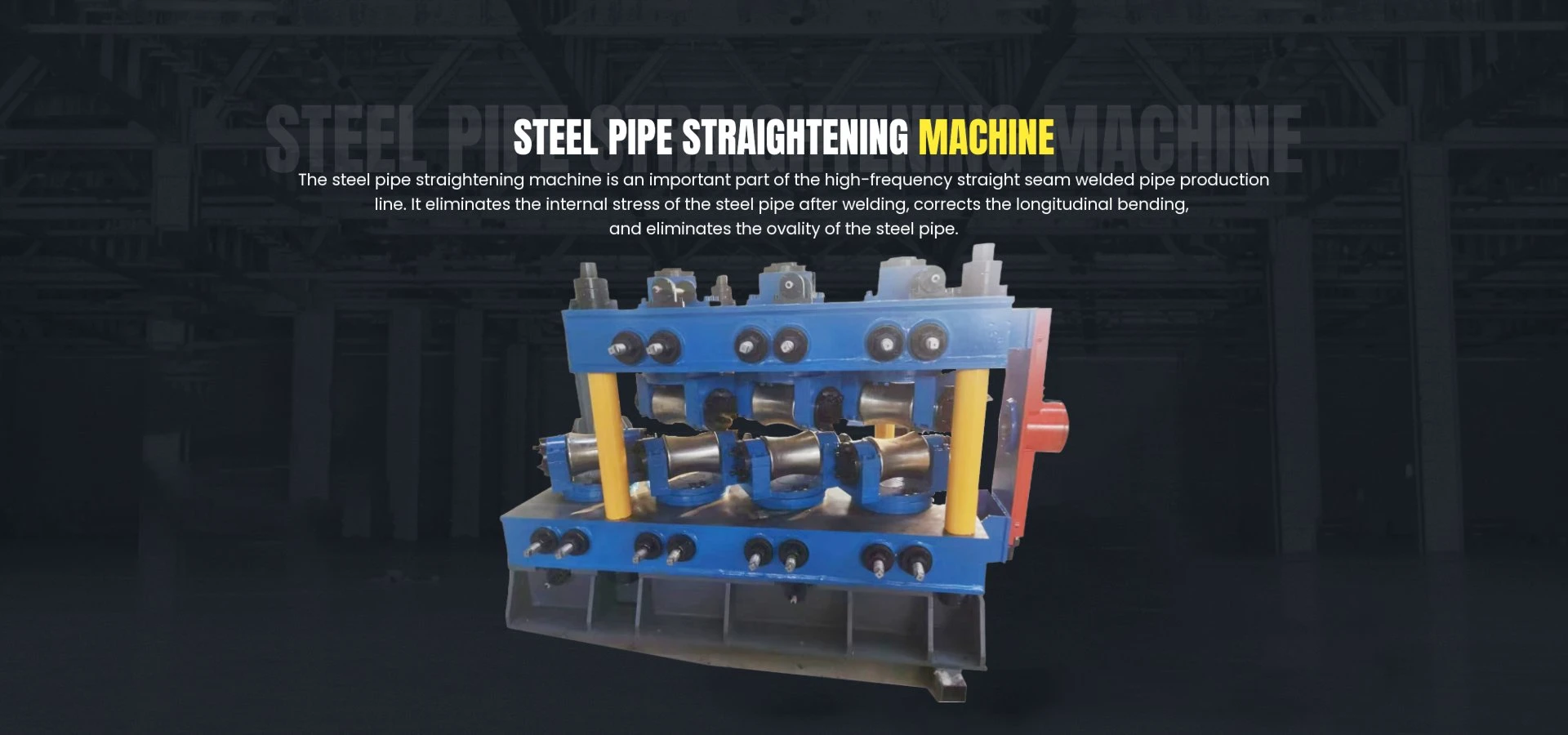natural gas pipe welding
Understanding Natural Gas Pipe Welding
Natural gas plays a vital role in the global energy landscape. It is a crucial component in residential heating, cooking, and powering industries. However, the efficiency and safety of natural gas transport largely depend on the integrity of the pipelines through which it flows. A key aspect of pipeline construction is welding, a process that requires precision, skill, and adherence to strict safety standards. This article delves into the nuances of natural gas pipe welding, its importance, techniques, and safety considerations.
Importance of Welding in Natural Gas Transportation
Welding is the cornerstone of pipeline construction. A well-executed weld ensures that the pipeline can withstand high pressures and diverse environmental conditions. The welding process involves joining two metal pieces, usually steel, by melting their edges and allowing them to fuse as they cool. Given that natural gas pipelines often transport gas at high pressures, even a minor imperfection in a weld can lead to catastrophic failures, including leaks or explosions.
In the context of natural gas delivery, the stakes are particularly high. The infrastructure must not only be robust but also designed to endure seismic activity, harsh weather, and the corrosive nature of certain environments. The welding process is thus not only about creating a joint but also about ensuring longevity and reliability of the pipeline system.
Techniques and Processes in Welding
Several welding techniques are utilized in the construction of natural gas pipelines, including
1. Shielded Metal Arc Welding (SMAW) Often known as stick welding, SMAW is a versatile and commonly used method. It employs an electrode coated in flux to create an arc between the electrode and the workpiece. This technique is particularly useful in field conditions.
2. Gas Tungsten Arc Welding (GTAW) Also known as TIG (tungsten inert gas) welding, GTAW is characterized by a non-consumable tungsten electrode. It is well-suited for thin materials and produces high-quality welds. However, it requires a skilled operator.
3. Gas Metal Arc Welding (GMAW) Utilizing a continuous wire feed, GMAW is fast and efficient for welding thick sections, making it a preferred method for pipeline fabrication.
natural gas pipe welding

4. Submerged Arc Welding (SAW) This technique involves the formation of an arc between a continuously fed electrode and the workpiece, with the arc and molten metal covered by a granular flux. It is particularly effective for thick materials and provides strong, high-quality welds.
Each of these methods has its specific applications, and the choice of technique depends on various factors, including the thickness of the pipe, environmental conditions, and the desired speed of welding.
Safety Considerations
Safety is paramount in the pipeline welding industry. Given the volatile nature of natural gas, rigorous safety protocols must be followed throughout the welding process. This includes
- Training and Certification Welders must undergo comprehensive training and obtain relevant certifications to ensure they are skilled in welding techniques and safety standards. Employers should continually invest in the education and training of their workforce.
- Personal Protective Equipment (PPE) Welders should wear appropriate PPE, including helmets with face shields, gloves, flame-resistant clothing, and respiratory protection if necessary.
- Inspection and Quality Assurance After welding, each joint should undergo thorough inspection to detect any flaws. Nondestructive testing methods such as ultrasonic testing (UT) or radiographic testing (RT) are often employed to ensure weld integrity.
- Emergency Protocols Companies should establish clear emergency protocols in case of leaks or other hazards, ensuring swift action to mitigate any dangers associated with natural gas.
In conclusion, natural gas pipe welding is a complex but essential process in the energy sector. With the right techniques and rigorous safety measures in place, the challenges associated with welding can be effectively managed, leading to successful and safe transportation of natural gas. Ensuring the integrity of these welds is crucial not only for operational efficiency but also for the protection of workers and the communities surrounding pipeline infrastructures.
-
High Frequency Straight Seam Welded Pipe Production Line-BzZhou Xinghua Machinery Equipment Manufacturing Co., LTD.|line pipe steel&welded gas pipeNewsJul.30,2025
-
High Frequency Straight Seam Welded Pipe Production Line-BzZhou Xinghua Machinery Equipment Manufacturing Co., LTD.|High Precision&Automated SolutionsNewsJul.30,2025
-
High Frequency Straight Seam Welded Pipe Production Line - BzZhou Xinghua Machinery Equipment Manufacturing Co., Ltd.NewsJul.30,2025
-
High Frequency Straight Seam Welded Pipe Production Line-BzZhou Xinghua Machinery Equipment Manufacturing Co., LTD.|Precision Welding, High EfficiencyNewsJul.30,2025
-
High Frequency Straight Seam Welded Pipe Production Line|BzZhou Xinghua|Precision Welding&EfficiencyNewsJul.30,2025
-
High Frequency Straight Seam Welded Pipe Production Line - BzZhou Xinghua|Precision Engineering&EfficiencyNewsJul.30,2025


